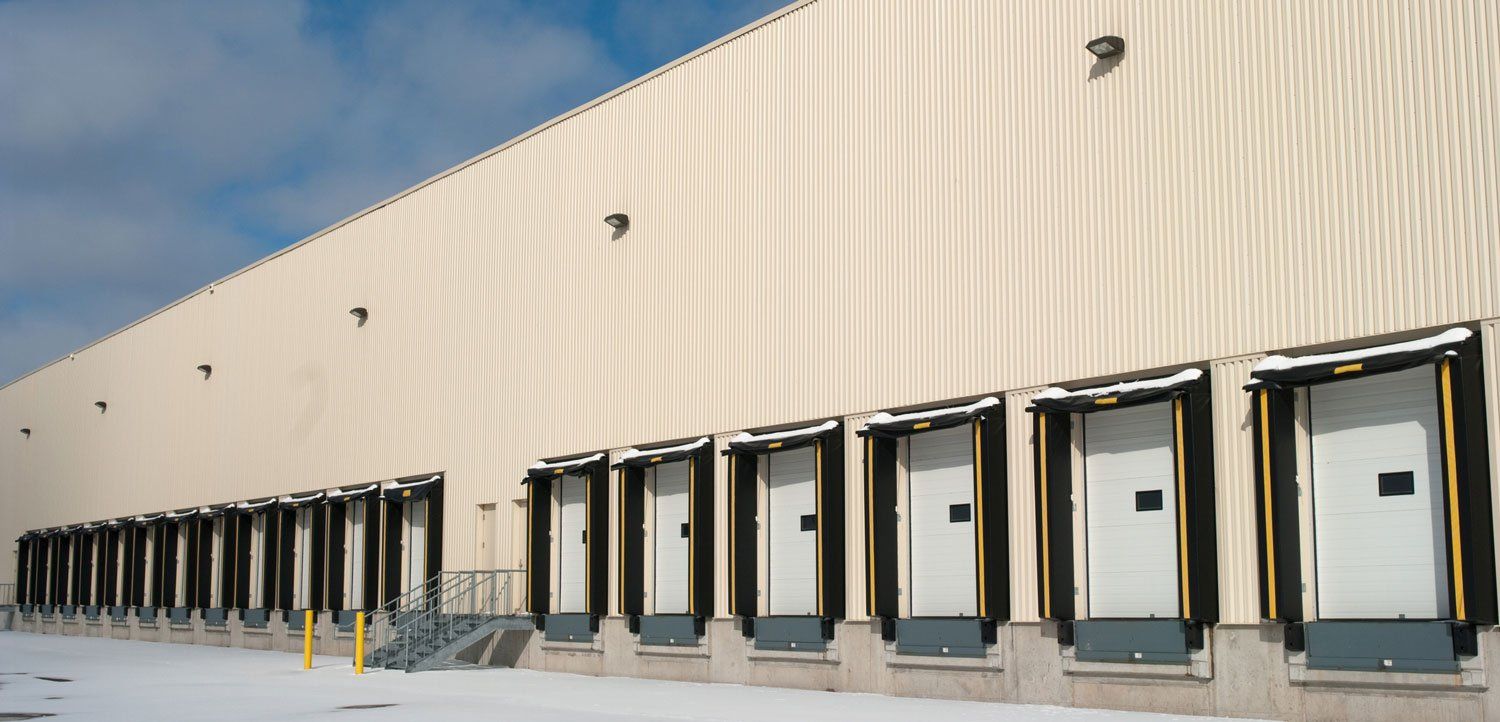Three Factors To Consider When Choosing Interior Doors
The market has many different options when it comes to interior doors for your home. These options go beyond the style and design of the door and pertain to its basic construction.
1. Material Options
Interior doors used to be made from wood, but more options are available now, and each option has its own benefits to consider.
Wood
You can find wood doors in almost any type desired, including cherry, pine, and walnut. There are also wood-fiber blends of plywood as well as wood veneer options available. Wood can be one of the more expensive interior door options if you opt for solid wood, but plywood and wood veneer doors can be budget-friendly alternatives.
Medium Density Fiberboard (MDF)
Medium-density fiberboard is becoming a more popular interior door option for the home due to its durability and affordability. The material is a combination of real wood fibers with a resin or epoxy that holds it together to create a tough and damage-resistant door. Medium-density fiberboard doors are available in a wide range of styles. For example, you can buy textured and colored doors to resemble real wood or opt for more decorative paint finishes.
Alternative Materials
Other alternatives include metal, glass, and vinyl interior doors. Metal doors aren't used as much for interior doors, but they are an option if you want durability or you like the look of metal. Glass doors are another option that work well in any location of the home, such as to close off dining areas. Vinyl doors are also available if you want a lightweight and durable door.
2. Construction Type
The construction type of interior doors refers to how the door is made. You have two main choices for construction type: hollow or solid.
Hollow Core
For many years, hollow core doors were the standard for interior doors. These doors use less material, so they tend to be the most cost-effective. They are also lightweight, which makes them easy to open and close. The main drawback of a hollow core door is that it provides minimal sound blocking or insulated qualities between the various rooms in the house.
Solid Core
Solid core doors have different core options. For example, solid wood doors are considered solid core since they are made of a solid wood piece. There are also doors that feature particleboard solid cores, with a wood or medium-density fiberboard veneer on top.
Solid wood tends to provide the best sound-blocking qualities, with more than twice that of hollow core doors. You can also find doors with solid cores made for insulation, which can be helpful if you need a door to block off an unheated space in your home.
3. Installation Style
The installation style refers to how you hang the door inside the home. If you are replacing a door with the same size, you can have a choice of installation style.
Pre-Hung
Pre-hung doors come already installed in their doorframe. Pre-hung doors are used for new construction or if you are putting in an interior door where there wasn't one previously. Although pre-hung doors do cost slightly more than slab doors, they do save you the time of constructing and fitting a frame, plus you won't have to purchase certain accessories like hinges.
Slab
A slab door is only the door, so there are no hinges or other hardware. A slab door is often easier to install since you are fitting it to the existing frame and hinges. You may even be able to reuse hardware off your old door to further save money, such as the doorknob. However, a slab door should be the exact same dimensions as the door you are replacing.
Contact Mikro Corporation to learn more about the available interior door options for your home.













